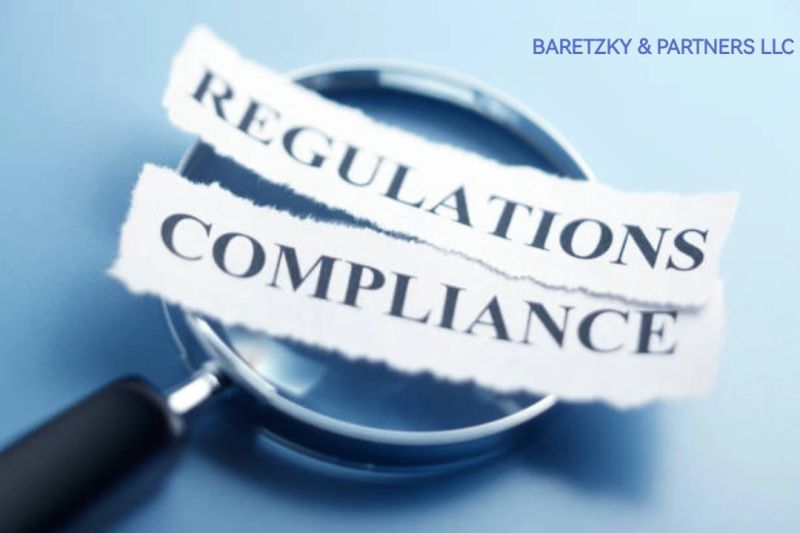
The main objective of risk compliance monitoring is to prevent financial losses, reputational damage, and legal issues by systematically observing and enforcing compliance with regulations.
This process involves continuous tracking, assessment, and reporting of various risk factors, including financial, operational, legal, and cyber risks. By using compliance monitoring tools and frameworks, organizations can detect potential violations and lapses in compliance before they become significant issues. For instance, in the financial sector, companies must adhere to anti-money laundering (AML) and “know your customer” (KYC) regulations, and failure to comply can result in severe penalties. Effective risk compliance monitoring identifies such risks in real-time, allowing organizations to take proactive steps to rectify them.
Additionally, effective monitoring is supported by compliance software, automated alerts, and data analytics to streamline the monitoring process, making it less reliant on manual checks. Automation and data analysis provide early warnings about non-compliant activities, allowing compliance officers to respond swiftly and accurately.
With the rise in regulatory requirements and the complexity of global operations, compliance monitoring has become indispensable for companies across industries. Ensuring compliance not only helps protect an organization from potential legal penalties but also builds trust with clients and stakeholders, reinforcing its credibility and reliability in the market.
WWW.BARETZKY.NET




















